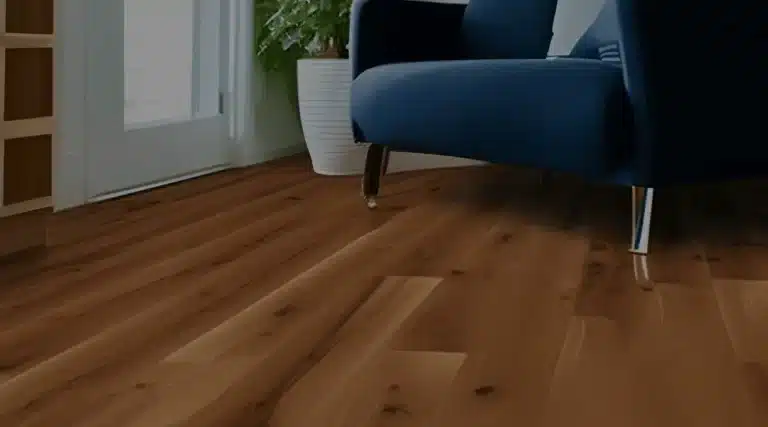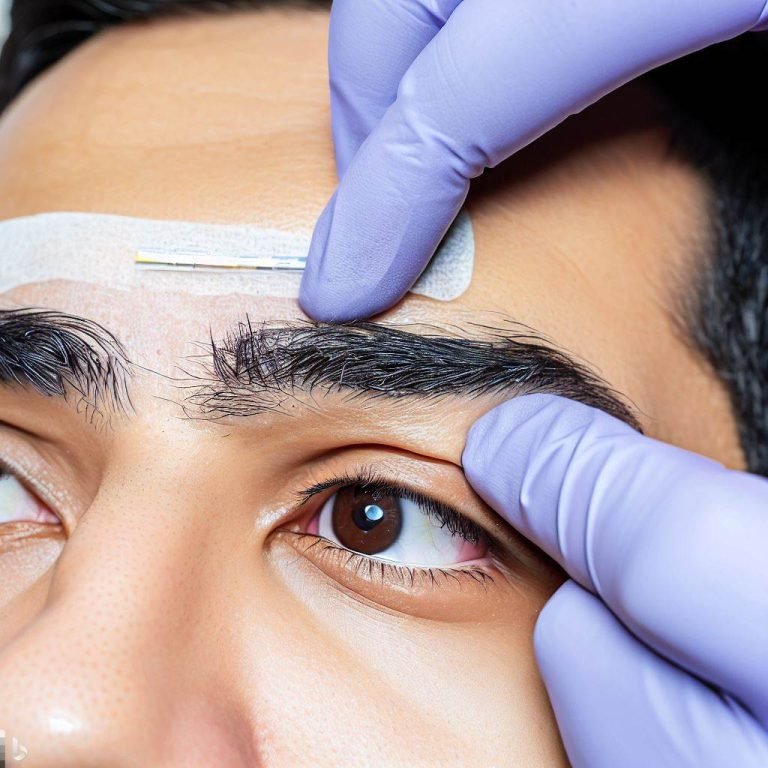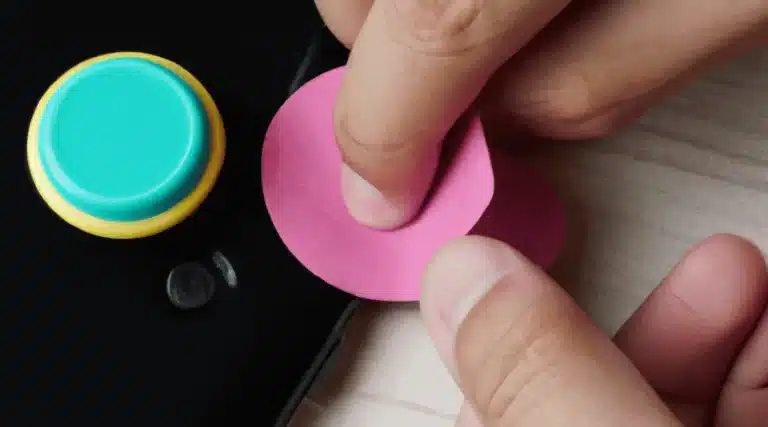PVA glue is a versatile adhesive that can be used for a variety of applications. From woodworking to paper crafts, PVA glue has become a popular choice due to its ease of use and effectiveness in bonding different materials together.
However, many people are unaware of the potential uses of PVA glue as a sealer. This article aims to explore whether or not PVA glue can be used as a sealer and the best practices for doing so.
By understanding the properties of PVA glue, types of PVA glue that can be used as sealers, and applications for using it as such, readers will gain valuable insights into this topic. Additionally, we will provide tips on how to maintain and reapply PVA glue sealers effectively.
For those seeking safe and effective methods for sealing their projects or crafts with readily available materials, this article will serve as an essential guide.
Key Takeaways
- PVA glue can be used as a sealer to prevent moisture damage or peeling of paint.
- Types of PVA glue that can be used as a sealer include white, clear, and outdoor PVA glue.
- Best practices for applying PVA glue as a sealer involve testing the product on a small area first, ensuring the surface is clean and dry, and applying multiple thin coats.
- Proper maintenance and reapplication of PVA glue sealer can prolong its effectiveness and durability.
Understanding PVA Glue and Its Properties
The understanding of PVA glue and its inherent properties is crucial to assess its suitability as a sealer in various applications.
PVA glue, also known as white glue or school glue, is a water-based adhesive that dries clear and flexible.
Its properties include high bonding strength, fast drying time, and versatility in crafts. It can be used on porous surfaces such as paper, wood, and fabric. However, it may not be suitable for non-porous surfaces such as plastic or metal.
As a sealer, PVA glue can provide a protective layer to prevent moisture damage or peeling of paint. Understanding the different types of PVA glue that can be used as sealers is important to ensure their effectiveness in specific applications without compromising safety measures.
Types of PVA Glue That Can Be Used as a Sealer
This discussion will focus on the types of PVA glue that can be utilized as a sealer.
White PVA glue, which is commonly used for woodwork and paper projects, can also be an effective sealer due to its ability to dry clear and waterproof surfaces.
Clear PVA glue, on the other hand, is ideal for sealing porous materials such as concrete or fabric without leaving behind any visible residue.
Lastly, outdoor PVA glue with added UV resistance and weatherproofing properties can provide long-lasting protection for exterior surfaces against harsh weather conditions.
White PVA Glue
White PVA glue is a versatile adhesive that can be used for a variety of purposes, including as a sealer. It has many uses and benefits, such as being easy to apply, water-resistant when dry, and providing a clear finish. However, there are also some drawbacks and limitations to using white PVA glue as a sealer.
For one thing, it may not provide the same level of protection as other types of sealers. Additionally, it may not be suitable for use on certain materials or in certain environments. To get the most out of white PVA glue as a sealer, it’s important to understand its strengths and weaknesses and to use it appropriately.
Despite these limitations, white PVA glue remains a popular choice for sealing various surfaces in both household and industrial settings. In the next section about clear PVA glue, we’ll explore how this type of adhesive compares to white PVA glue in terms of its effectiveness as a sealer.
Clear PVA Glue
Clear PVA glue is a transparent adhesive that can offer an alternative option for protecting surfaces without altering their appearance.
In crafting, clear PVA glue can be used as a sealer on materials such as paper, wood, and fabric to protect them from moisture and wear. Unlike other sealers that may alter the color or texture of the surface they are applied to, clear PVA glue dries transparently and does not affect the look or feel of the material.
Additionally, clear PVA glue has a strong bonding strength that can help secure small objects in place.
Overall, using clear PVA glue as a sealer provides several benefits over other sealers such as its transparency and bonding strength.
Moving onto outdoor PVA glue…
Outdoor PVA Glue
Outdoor PVA glue is a versatile adhesive that can provide long-lasting protection to surfaces exposed to harsh weather conditions, making it an ideal choice for outdoor projects. When used as a waterproofing agent, outdoor PVA glue creates a barrier against moisture that can cause damage and decay over time.
This type of glue has been specifically formulated to resist fading, cracking, and peeling caused by exposure to UV radiation from the sun. The durability of outdoor PVA glue makes it suitable for a wide range of applications such as sealing wood decks, roofs, and concrete structures. Its ability to withstand extreme temperatures and moisture makes it ideal for use in areas with high humidity or frequent rainfall.
In the next section about applications for using PVA glue as a sealer, we will explore how this versatile adhesive can be used in various DIY projects around the home.
Applications for Using PVA Glue as a Sealer
One potential use for PVA glue as a sealer is in arts and crafts projects, where it can be applied to various surfaces to protect them from damage or wear.
PVA glue sealer benefits include its ability to create a clear, protective layer that is resistant to water and other liquids, making it ideal for sealing paper, cardboard, wood, and fabric.
DIY techniques for applying PVA glue as a sealer include diluting the glue with water to achieve the desired consistency and using a foam brush or roller to apply an even coat.
It’s important to note that while PVA glue can be used as a sealer in certain applications, it may not be suitable for all materials or environments.
Therefore, best practices for applying PVA glue as a sealer involve testing the product on a small area first before applying it more widely and ensuring that the surface being sealed is clean and dry prior to application.
Ultimately, by following these best practices and utilizing PVA glue as an effective sealant in appropriate settings, individuals can help ensure their projects remain protected over time.
Best Practices for Applying PVA Glue as a Sealer
To ensure the effectiveness of PVA glue as a protective coating, it is important to follow recommended guidelines for its application. Proper technique is crucial when applying PVA glue as a sealer.
The surface to be sealed should first be cleaned and free from any dust or debris. A thin layer of PVA glue should then be applied using a brush or roller in even strokes, taking care not to apply too much pressure or leave any bubbles. It is also important to allow sufficient drying time between coats, usually around 24 hours depending on humidity and temperature.
Applying multiple thin coats rather than one thick coat will provide a more durable seal. Additionally, it is important to note that once dried, PVA glue can become brittle over time and may require maintenance or reapplication to maintain its effectiveness as a sealer.
With these precautions in mind, proper application of PVA glue can provide an effective protective coating that enhances the longevity and durability of various surfaces and materials.
Tips for Maintaining and Reapplying PVA Glue Sealer
Maintaining and reapplying a protective coating requires proper care to prolong its effectiveness and durability.
When it comes to PVA glue sealer, it is important to consider the frequency of reapplication and surface preparation.
The reapplication frequency largely depends on the usage of the sealed item and the level of wear and tear it undergoes.
For items that are frequently used or exposed to harsh conditions, more frequent reapplications may be necessary.
It is also important to properly prepare the surface before reapplying PVA glue sealer, which involves thoroughly cleaning and removing any previous coatings or debris.
By taking these steps, you can ensure that your PVA glue sealer effectively protects your items for longer periods of time.
Conclusion
PVA glue is a versatile adhesive that can also be used as a sealer. Its properties make it an ideal choice for sealing porous surfaces, such as wood and paper. There are different types of PVA glue available in the market, each with its own set of properties that make them suitable for specific applications.
When using PVA glue as a sealer, it is important to follow best practices to ensure optimal results. This includes preparing the surface properly before applying the glue, using the right type of PVA glue for the job, and applying multiple coats if necessary. It is also important to maintain and reapply the sealer periodically to ensure continued protection.
In conclusion, PVA glue can be an effective sealer when used correctly. Its versatility and ease of use make it a popular choice among DIY enthusiasts and professionals alike. By understanding its properties and following best practices for application and maintenance, users can achieve long-lasting results on their projects.




